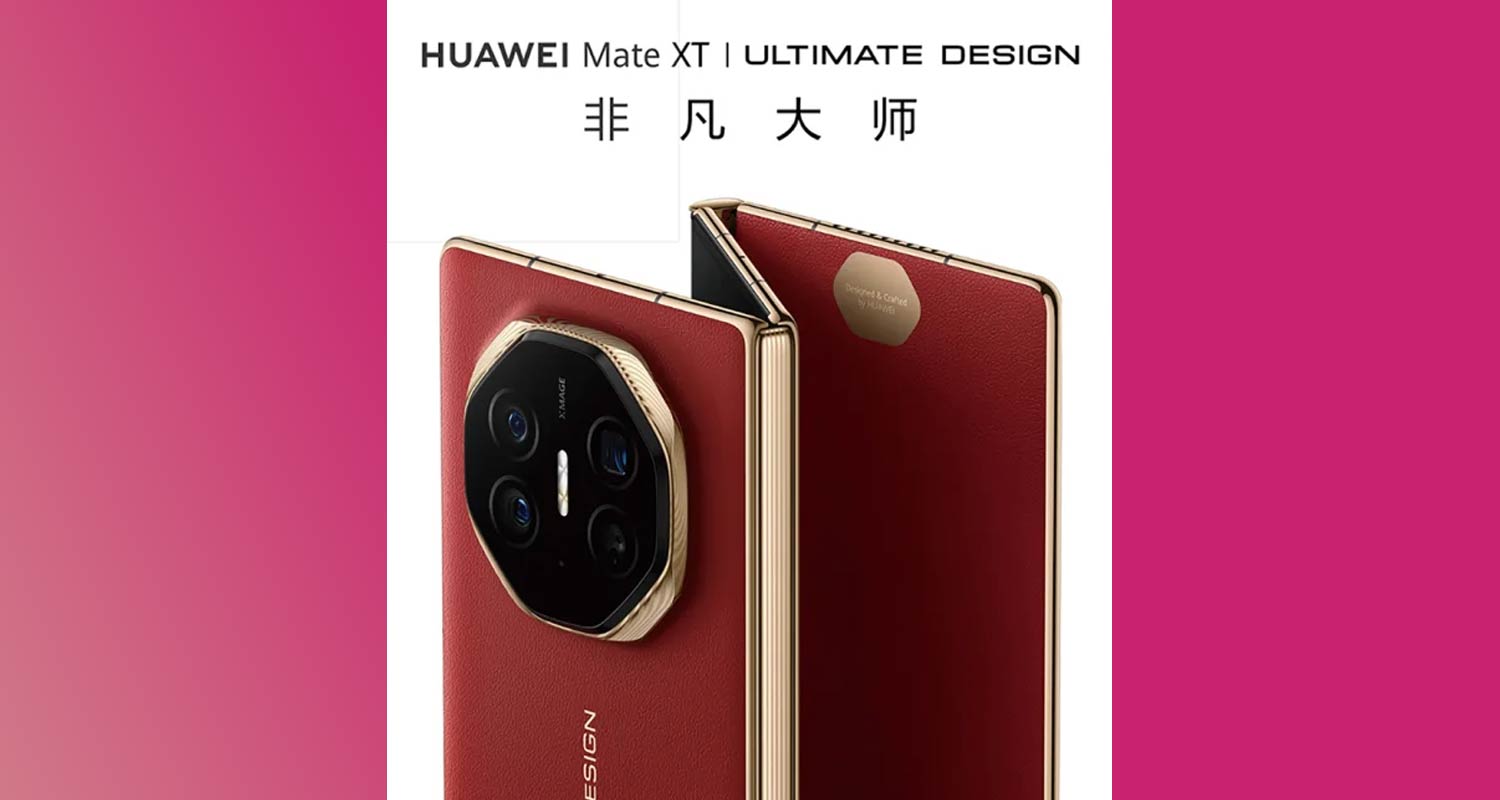 Huawei Technologies has unveiled a three-way foldable phone on Tuesday, as it seeks to expand its lead over Apple in the world’s biggest smartphone market with a new form factor that has gained popularity in China.
Huawei Technologies has unveiled a three-way foldable phone on Tuesday, as it seeks to expand its lead over Apple in the world’s biggest smartphone market with a new form factor that has gained popularity in China.
Just hours after Apple unveiled its latest iPhone model, Huawei is holding a launch event of its new Z-shaped smartphone, the Mate XT, which is due to go on sale on 20 September, the same day Apple’s new iPhone is expected to be available in stores.
Huawei’s website showed on Tuesday that it had received more than 3.6 million pre-orders, for which no deposit is required, for the new smartphone.
By comparison, the entire global market for foldable phones was around four million units in the second quarter, according to research firm IDC.
The launch, which follows a series of successful smartphone debuts since last year, underscores Huawei’s ability to navigate US sanctions and solidifies its position against Apple in China, where some consumers criticised the new iPhone 16 for its lack of AI features in the country.
Apple has yet to announce an AI partner in China to power the 16s and Apple Intelligence, the company’s AI software, will only be available in Chinese language next year.
“What’s the point of buying it if you can’t use AI?” wrote one user on Weibo, China’s X-like platform. Another commented: “Without AI as the biggest selling point, it should be half price.”
Hefty price tag
Huawei already has two-way foldable phones in its line-up, and their strong sales in China helped it overtake Samsung Electronics this year as the biggest vendor of such phones globally.
But a hefty price tag of US$2 800 and limited quantity are likely to make the new model more of a symbol of Huawei’s tech prowess than a major sales driver, analysts said.
“The upcoming Huawei products are not expected to significantly impact Samsung and Apple’s businesses in terms of product quantity,” said Jene Park, an analyst at research firm Counterpoint. “There is a limit to the quantity of products supplied. However, there may be some impact on sales in certain Chinese markets.”
Read: Huawei’s smartphone renaissance
The foldable smartphone market grew 57% year on year in the second quarter with 3.9 million units shipped, largely as Chinese smartphone makers pushed into overseas markets, according to consultancy IDC. That still remains just 1.3% of the wider smartphone market, with 292.2 million smartphones shipped in the second quarter.
“The average consumer still has limited knowledge about them, not to mention the benefits and value of the products,” said Will Wong, a senior researcher with IDC.
High prices of such models remain another barrier. While the new model’s price tag is unknown, last year’s Mate X5 still retails for over C¥10 000 (R25 000) domestically, almost twice as much as a new iPhone 15.
Overcoming issues such as screen wrinkles and reduced durability due to the use of more hinges will also be important for foldables’ increasing usage, said Park.
Huawei ranked as the world’s biggest foldable smartphone seller in the second quarter with a 27.5% market share, ahead of South Korea’s Samsung, with 16.4%, according to IDC. That share rises to 42% in China’s home market, ahead of Vivo and former Huawei unit Honor, which it spun off under pressure from US sanctions in 2020.
In the broader smartphone market in China, Apple’s ranking fell from third to sixth place in the second quarter, as Huawei emerged as the third-largest vendor on the back of strong sales of its latest smartphones. — Reporting with Hyunjoo Jin in Seoul, (c) 2024 Reuters




